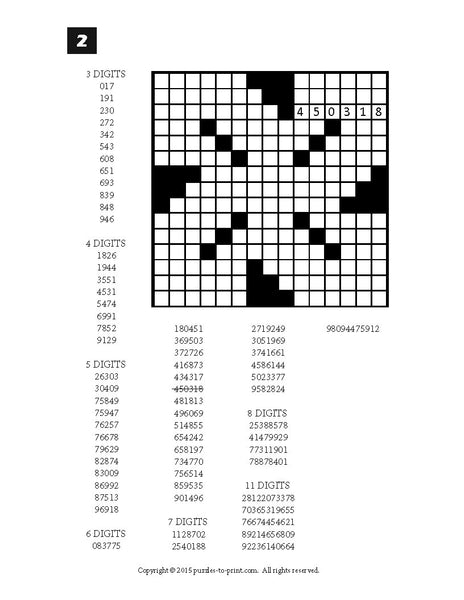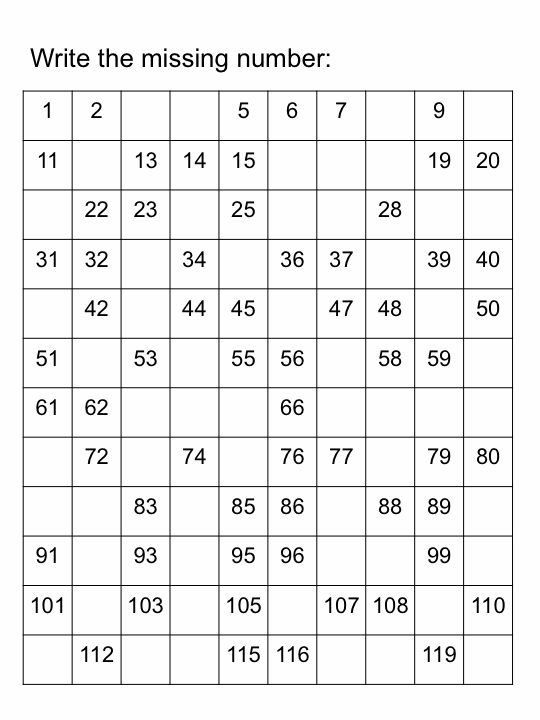

Similarly, three cards could be a “SET” in the sense of number, shape, and fill. If a set of three cards had all three of their color the same, OR if they were each a different color, then those three cards are a “SET” in the sense of color. I went back and analyzed the sets of three cards that were misclassified, and looked at how it was doing among each attribute. My best model was 75% accurate - not that great, but also I didn’t mind because I learned about my model from what it misclassified. I glued each set of three cards together, and fed into my model one picture at time, and gave it the goal of deciding whether that picture was a “SET” - just a binary classification problem. However, rather than focusing on object detection and finding a set among all combinations of three from twelve cards, I just wanted to give my model 3 cards, not tell it any of the rules, and then see if it could learn the rules of what a set is or isn’t. Thus, I had my labels and my data all ready to go.Ĭlassically, when humans play Set, they lay down 12 cards and looks for a “SET” of three among them.
#NUMBER FILL MOD#
Then, I generated all possible subsets of three cards (81 choose 3 is 85,320), and wrote a function to decide whether each set of three was truly a “SET” (this involved some mod 3 arithmetic, which was fun for me as a math person). I wrote a function in Python that would ask me the color, shape, number, and fill of each card, crop it, resize it, and store it all in one big pandas dataframe. I first scanned in all 81 SET cards and labeled them by hand.

Hence, my inspiration for a SET-themed computer vision project was born: Can I train a computer to detect a set, and in doing so draw insights about similar computer vision problems? Sure, they have a ladder, and more than four wheels, and a hose, etc., but when I first look at a firetruck, I decide that’s what it is by its color, shape, number, and fill… Firetrucks are large and have a boxy, rectangular shape, and are one continuous mass of metal. When I look at a firetruck, how do I know it’s a firetruck? First, I see that it’s red, and wherever it is red it is solid red. For each of these four attributes, the three cards in a “SET” must all be the same, OR all be different. Each card has 4 attributes: color, shape, number, and fill.

The game involves finding a “SET” of three cards that have certain commonalities and differences between them. She kept track of the various genetic properties of the dogs on cards, and realized that her record system could be turned into a game - SET was then born. The game of SET was invented by Marsha Falco in 1974 while she was studying the genes of German Shepherds. We generally have no way of knowing exactly what the neural net was picking up on when it makes its decisions. Convolutional neural nets can give excellent performance results, but are near impossible to interpret. The first phase involves filtering the image, for example by blurring and un-blurring to detect edges, which is generally done with a convolutional step and then a pooling step.
#NUMBER FILL HOW TO#
Neural nets are essentially a fancy game of guess and check, but convolutional neural nets are generally broken up into two phases: learning about the image, and then learning how to classify (or decide on other information related to) the image. The leading models for computer vision problems are convolutional neural nets.
#NUMBER FILL FREE#
If these archived puzzles are not enough to keep your appetite for fill in puzzles filled.then the BigOpolis crew invites you to play some free online fill-it-in word games every day.Ĭlick on "Play Now" to try your hand at today's puzzle.Fashion MNIST Dataset, image classification for clothes


 0 kommentar(er)
0 kommentar(er)
